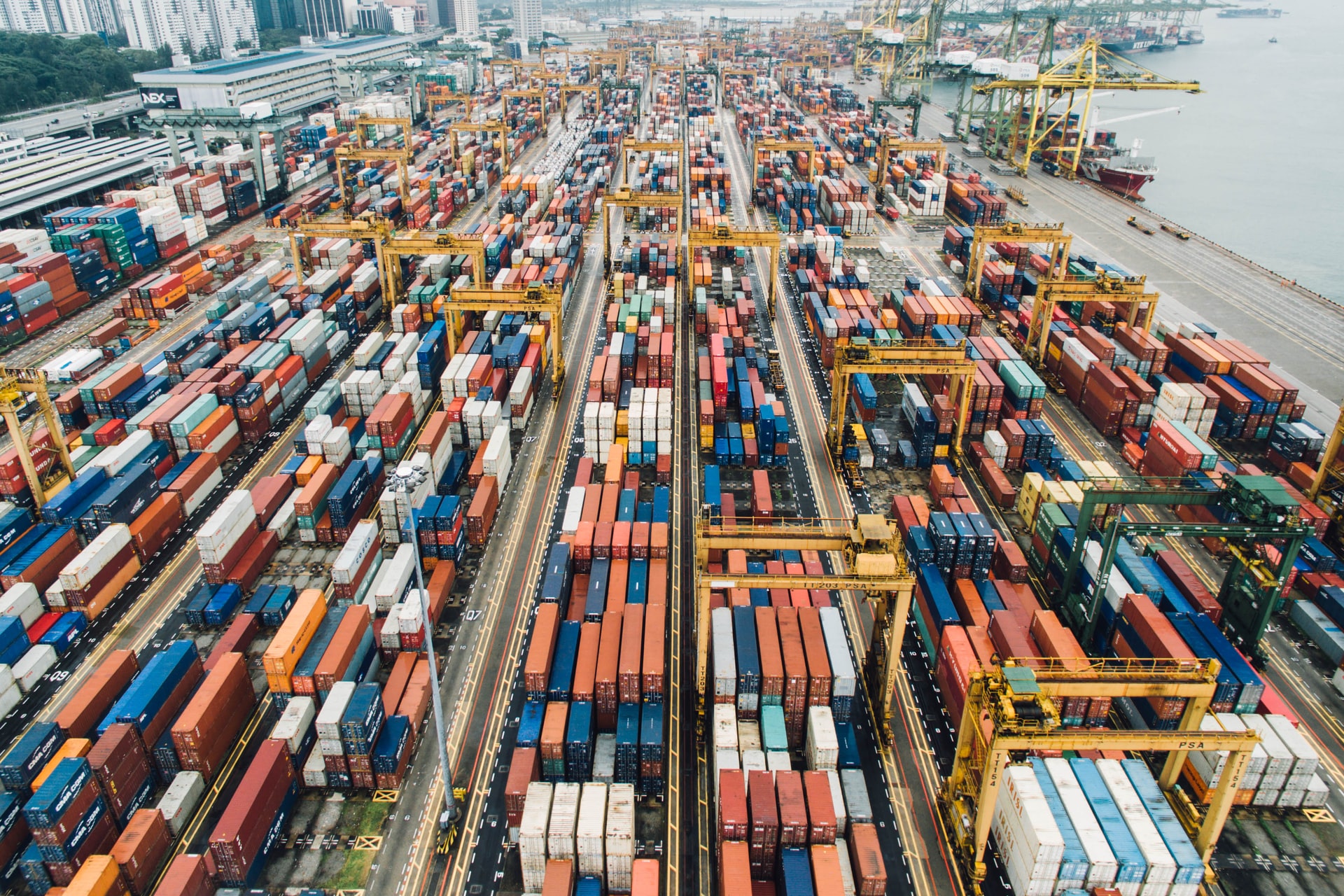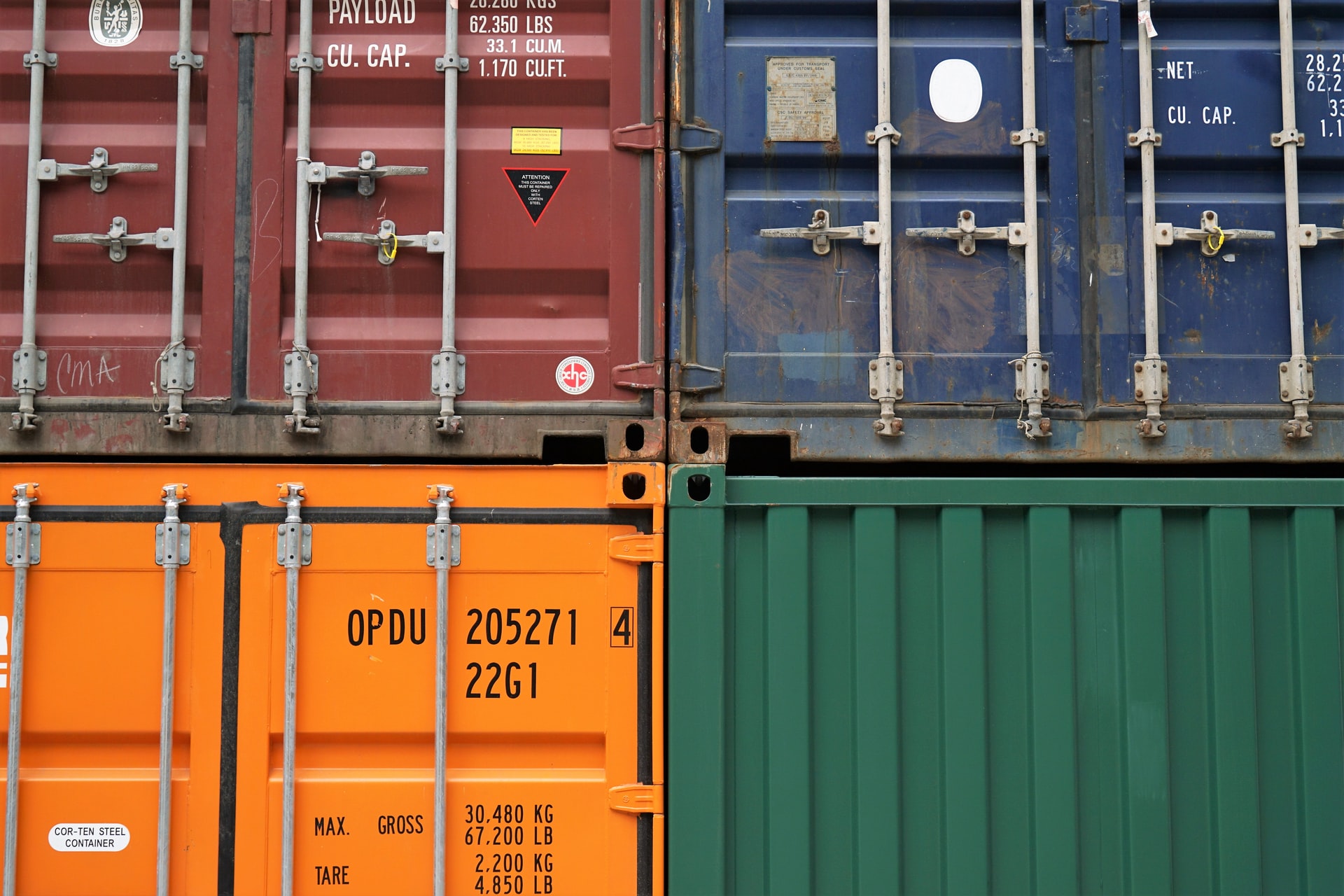
With all the equipment needed in logistics such as trucks, cranes, ships and heavy machinery, it is apparent that hazardous noise levels can be an issue for the industry. To avoid complaints and the threat of legal action, which could end in operations being limited and to avoid endangering the hearing of the work force, measures must be taken to control and lessen the noise levels.
1. Conducting a noise impact assessment
First things first, and in this case that is a noise impact assessment in the form of a report which can be arranged with an acoustic consultancy firm who will measure noise levels throughout the site, making visualisations that will be shown digitally as 3D colour coded models. When it is known which areas on the site will give the greatest noise level problems, it will then be possible to take
steps to lessen the danger to the workers and to avoid disruption.

2. Reducing noise in sensitive areas
Since there are numerous aspects of logistics and transport of freight it can be
difficult to arrange methods of controlling noise levels and finding the correct
way of resolving noise issues. Heavy concrete or wooden barriers can be very
successful in lessening high levels of noise but they give the additional problem
of reflecting sound which can increase the danger to workers of exposure to
hazardous noise levels. So for certain more sensitive areas a system of noise
mitigation that is adaptable to ever changing sites and in a material capable of
absorbing noise is needed.
3. Adaptable noise barrier systems
Where noise control is needed for non-typical, moving sites, Echo Barriers is the
most popular choice. They have been designed to be durable in all climates,
wherever a sound barrier is needed. They can be assembled with speed and will
function effectively in diverse shaped and sized sites.

